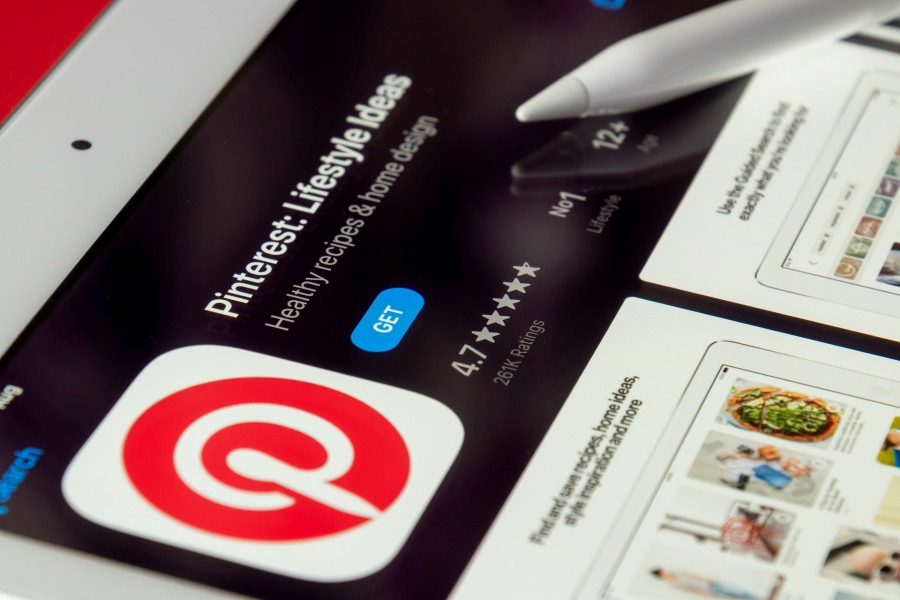
A key component of marketing for any business is audience research. That means not just measuring how specific marketing campaigns are being received by your target audience, but also checking the pulse on your general brand sentiment. Insight about how people feel about your product, service, or brand as a whole allows you to make wise pivots to better serve your customers – and hopefully gain more in the process. This is the very ethos of social listening.
If you’re new to the concept of social listening, you may be wondering what it is and how it differs from social media monitoring. Below, we’ll break down the role of each of these brand monitoring techniques, their relationship to each other, and how to incorporate social listening into an existing social media strategy.
What is social listening?
Listening is an exchange of feeling or information between two people – one person communicating the sentiment and the other receiving it. Good listening is active and empathetic and may lead to action addressing the sentiment communicated.
Think, for example, of an exchange with your boss where you may communicate that you’re interested in gaining a particular skill set. If your boss is a good listener, they wouldn’t simply hear this information and send you on your way – they may also begin giving you assignments that allow you to develop that skill set. While this all may seem obvious, it can be immensely helpful for marketers to approach the concept of social listening from this basic truth.
The social listening experts at Hootsuite define social listening as a process that looks beyond data to “consider the mood” behind social media posts, mentions, or conversations about your product or brand. In other words, social listening consists of:
- Tracking what people are saying about you on social media
- Considering why they’re saying it
- Taking concrete steps to engage with and/or address the sentiment
How is social listening different from social media monitoring?
While definitions vary, social media monitoring generally means collecting and analyzing data from social conversations. This usually consists of using social media monitoring tools that can quickly and efficiently gather lots of data from all the social platforms you’re using. Social listening, on the other hand, gets at the why of those social conversations and the how of addressing them with positive actions.
Rather than thinking of social listening and monitoring as two separate components of social media marketing, you can see them as existing on a spectrum, where the more you engage and enact informed change – whether that’s responding constructively to a negative review or shifting your entire brand strategy – the further you move from simply monitoring toward actually listening.
What are the benefits of social listening?
Turn insight into engagement. Social listening implies a dialogue rather than a one-sided exchange. By truly listening to what people are saying about your product or brand, you create an opportunity to in turn provide them with value that is specifically tailored to their concerns, strengthening your relationships with your base.
Address PR problems right away. Social media can be a double-edged sword for marketers. While you can use social to get the word out about your product or brand in the blink of an eye, so can unhappy customers. Let’s not forget that one of the daggers that brought down the notorious Fyre Festival was a viral Twitter post featuring a picture of a cheese sandwich. Social listening gives you an opportunity to address or neutralize PR disasters before they spin out of control.
Gain competitor insight. Social listening doesn’t just give you insight into your own brand sentiment. It can also help you learn how your customers think about you in comparison to your competition. You can use this comparative analysis to fill in gaps in your own strategies or learn from your competitors’ mistakes before making the same ones yourself.
Anticipate customers’ pain points. It’s a marketer’s job to address customers’ pain points, but in order to do this well, a brand must know those pain points in the first place. Social media is a great place to figure out firsthand what your customers care about and need.
Discover potential influencers and evangelists. It’s one thing to use social listening as a way to engage with unhappy customers, but it can also bring you into contact with people who love you – and are saying so online. If you notice positive word-of-mouth marketing happening online – for example, someone posting a picture of themselves at the latest marathon they’ve run with a caption raving about your brand’s running shoes – consider reaching out to these potential brand evangelists. Take advantage of these free testimonials in your marketing material and perhaps showcase them on your site with something such as a social wall.
Maintain customer relationships and acquire new ones. Social media is a great place to maintain good customer service with concise, well-constructed replies to customer posts or questions. This not only helps keep existing customers happy but communicates your value to new customers as well, showing them that you’re committed to taking care of them.
How to Make Use of Social Listening
1. Outline your goals.
In order to set your brand up for success, define your goals upfront. Are you looking for general brand sentiment? Conversations about a specific product? Insights on a particular user demographic? Decide what you want to listen for and how you’ll track those conversations. You’ll need to take careful inventory of your brand or product name and social handles, those of your competitors, relevant hashtags, and/or industry buzzwords.
2. Find where people are talking about you.
The most common social listening battlefields are Facebook, Twitter, Instagram, LinkedIn, Yelp, YouTube, or even Reddit, or anywhere that marketing happens. Not all platforms will be relevant for all brands, so determine where your customers are hanging out.
3. Pay attention to your competitors.
Remember, listening to audience sentiment about your competitors helps in two ways: it gives you a comparative analysis of your own strengths and weaknesses, and lets you learn hard lessons without making the mistakes yourself.
4. Use insights to take informed action.
Without action, social listening is simply social media monitoring. While they’re both important, social listening lets you engage with your customers in a meaningful way that can have more far-reaching benefits, including word-of-mouth marketing and customer acquisition.
Social listening does require effort and data, and there’s a wealth of automation tools that you can use to make the process more efficient. But at the end of the day, it helps to have experts who know how to measure results and use them to make wise pivots, whether that be on social media or traditional advertising venues like television or radio spots. That’s what we do here at Bloom Ads. Learn more about our services today.



